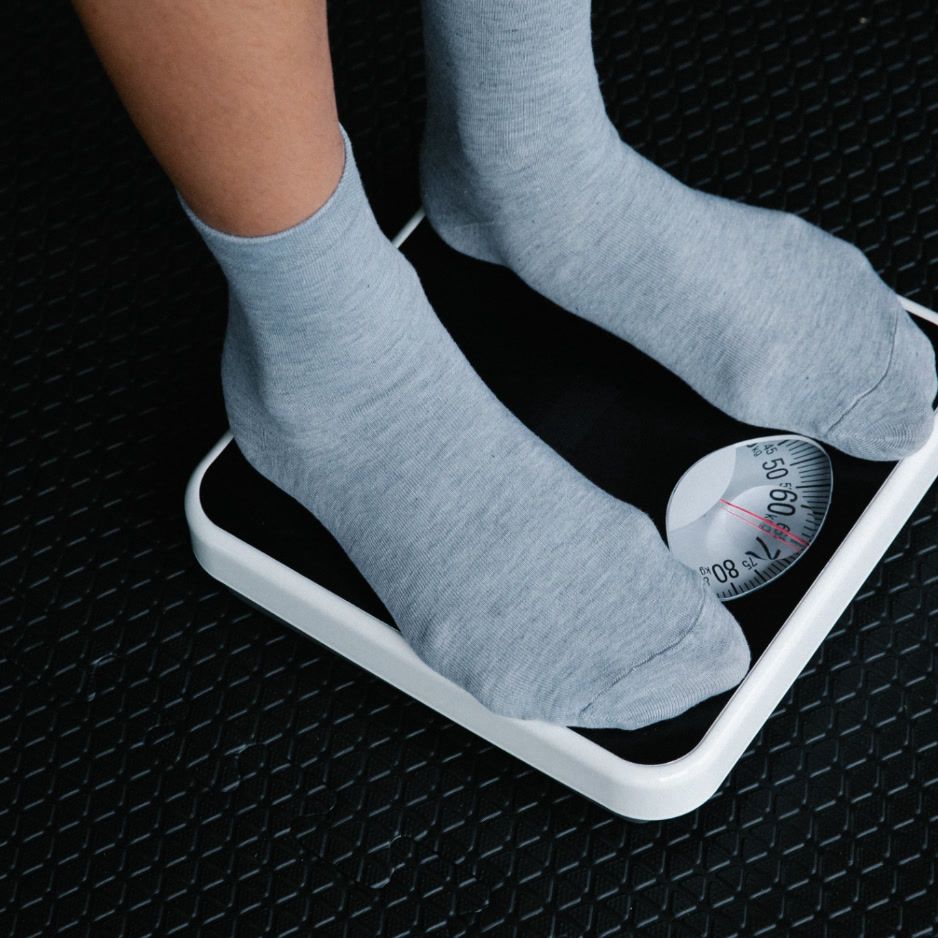Adapting Fitness Routines during Illness Recovery

Getting Back in Shape After Illness or Injury
Getting back in shape after being sick or injured can be tough for individuals like you and me who love staying fit and moving around a lot! It's totally normal to be concerned about setbacks in your fitness journey, during this time. Remember that taking care of your well being and letting your body heal comes first and foremost. The bright side is that you can still work towards maintaining your health by tweaking your exercise routines to match your current state of health and energy levels perfectly! Check out these pointers for adjusting your workouts while you're recovering so you can keep active without jeopardizing your recovery progress.
Listen to Your Body
Always remember to tune in to your body's signals foremost. It's important to be mindful of how you're feeling and avoid pushing yourself too much during recovery from an illness because your body is already doing its best to heal itself! Take a moment each day to gauge your energy levels; on some days you might feel ready for an exercise session while, on others rest may be the better option. It's perfectly fine to pace yourself and gradually reintegrate into your usual routine.

Ease Back into Exercise
When you feel prepared to resume working out after a break period of inactivity start off with forms of exercise such as walking or doing some light yoga and stretching exercises to ease back into physical activity without overwhelming your body's limits. Engaging in these activities can enhance blood flow circulation. Uplift your spirits while gradually reintegrating movement into your daily schedule. Just keep in mind to stay physically active without pushing yourself hard.
Focus on Safe Exercises
When you're healing from an injury it's crucial to pay attention to exercises that won't worsen the area that's hurt. For instance; in case you have a leg injury you could consider concentrating on workouts for your upper body or core to avoid straining your legs. Swimming is also a choice as it helps by providing support and lessening the strain on your joints. It's always wise to seek advice from a healthcare physical therapist to make sure the activities you choose won't pose any risks, to your specific injury.
Adjust Intensity and Duration
When recovering from an injury or illness and adjusting your exercise routine accordingly make sure to adjust the intensity and duration of your workouts well. Of pushing for high intensity sessions go for shorter and more manageable workouts instead. This way you can keep up your fitness level without overexerting yourself. For example if you typically run for 30 minutes try switching to a 15 minute walk. As you feel better gradually step up the intensity and duration of your workouts.
Incorporate Rest and Recovery
Remember to include rest and recovery days in your schedule well; they're essential for your body to recover properly after workouts or physical activity. Ensure you prioritize getting sleep and staying hydrated during this time. Both are key for aiding your body's recovery process. On these rest days especially focus on activities that help you relax and relieve stress, like meditation or deep breathing exercises.
Prioritize Nutrition
A rounded diet with essential nutrients is crucial for recovery too! Consuming a variety of fruits and vegetables along with proteins and whole grains can bolster your immune system and aid in repairing your body effectively. Don't forget to stay hydrated by drinking plenty of water.
Be Patient with Your Recovery
Just remember to give yourself some time to heal and don't rush the process of getting better after an injury or illness! It's about being realistic with your goals and appreciating the little wins along the way. Even if it seems like progress is moving at a snail's pace. Always keep in mind that your well being should come first above all else. So by tweaking your exercise routine to suit your condition better you're paving the way for a smooth transition back to your normal daily routine.
Conclusion: Modifying Your Regimen
Ultimately modifying your exercise regimen while recuperating from illness or injury involves tuning into your body's signals, selecting workouts, and granting yourself the necessary recovery period. Through modifications you can sustain your physical fitness and return to peak strength.


